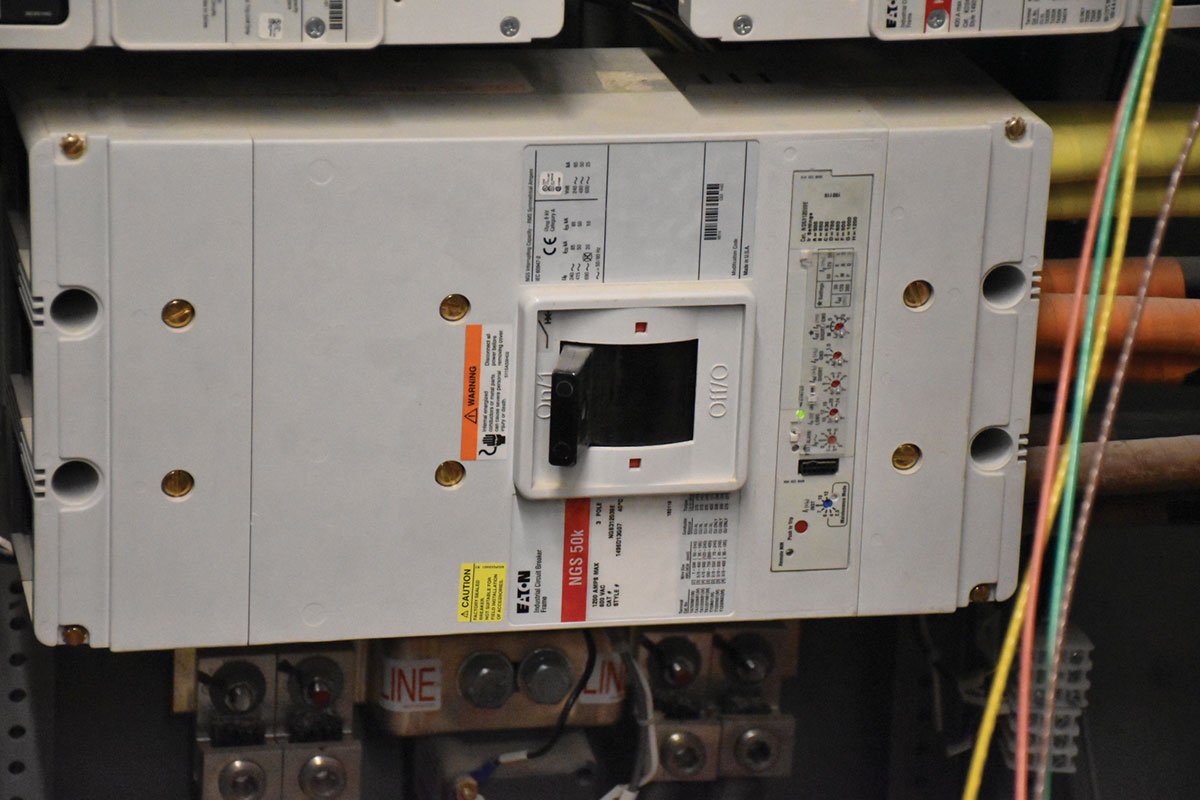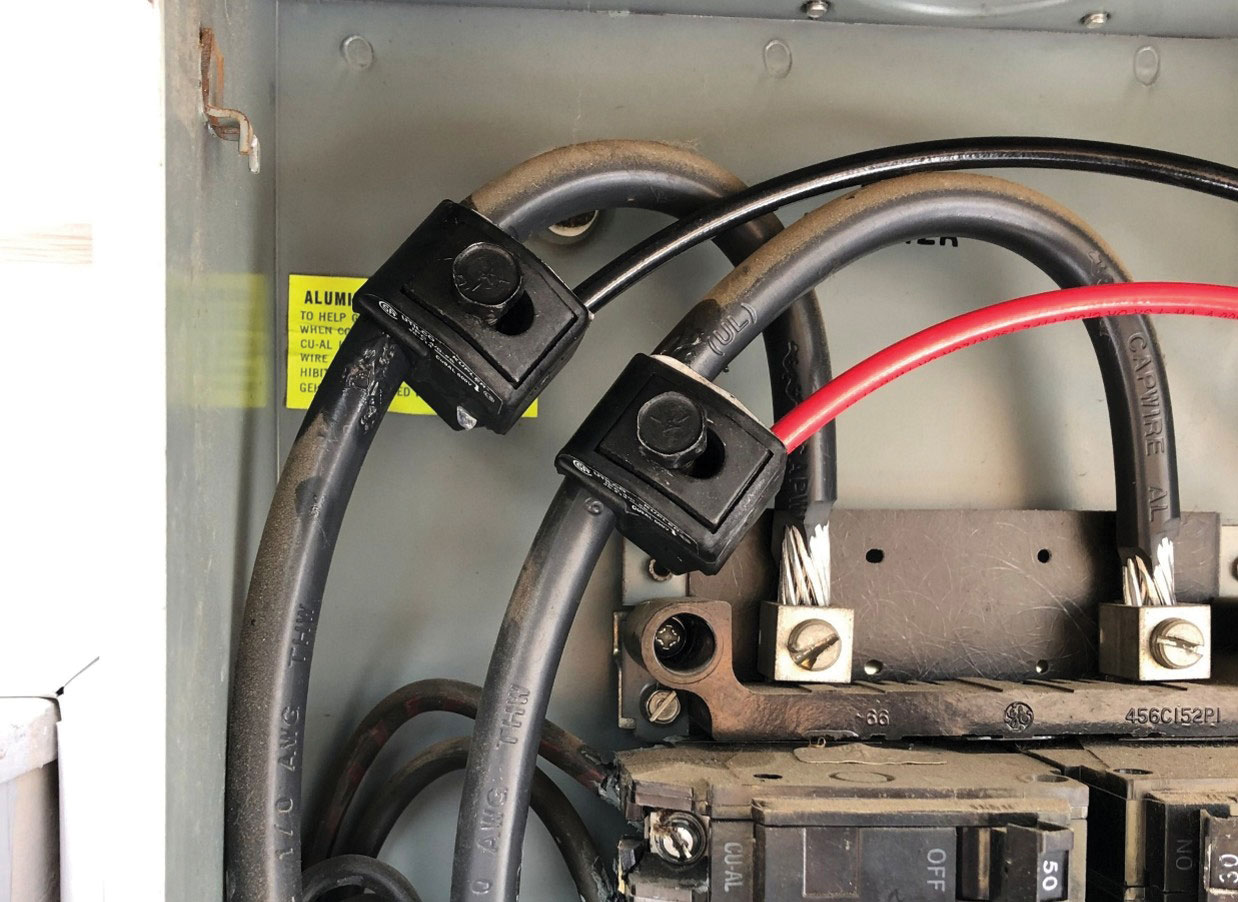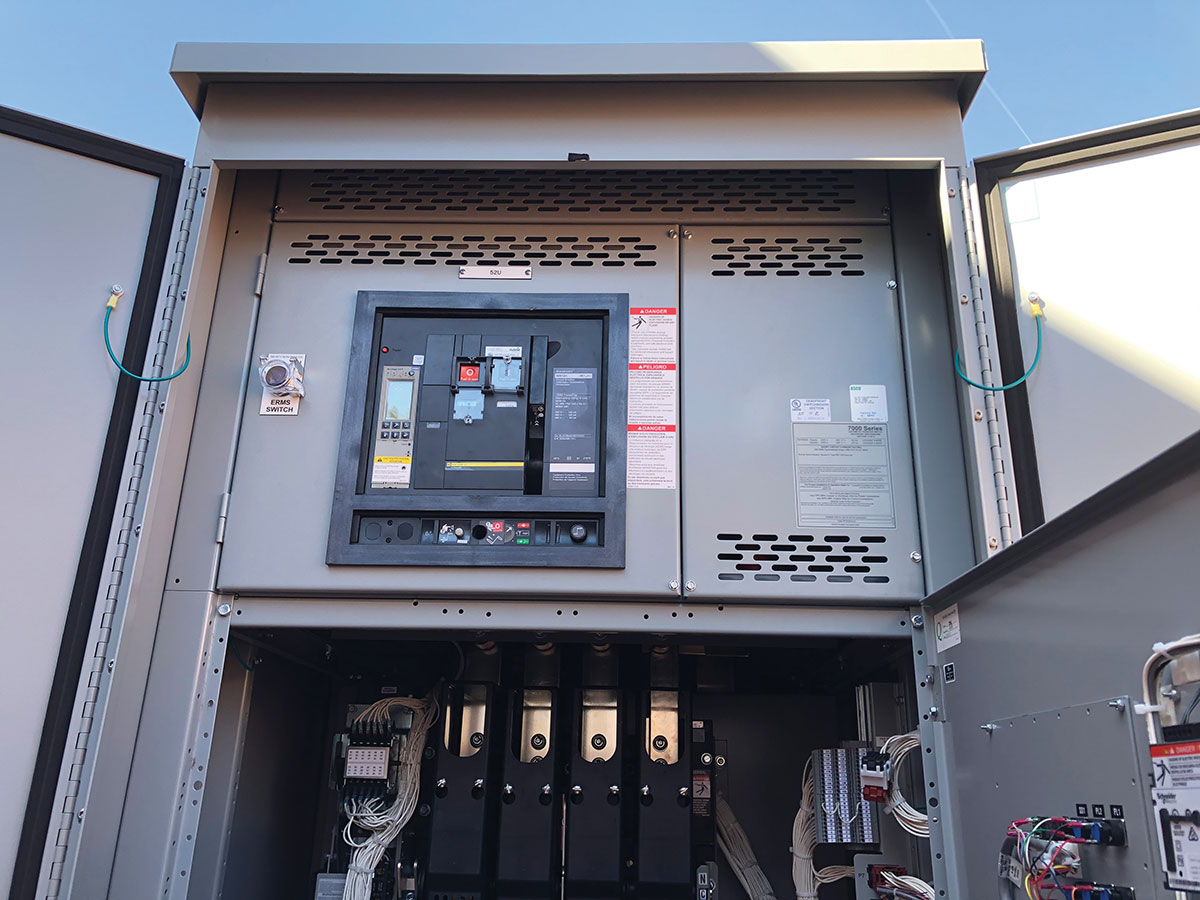Canadian Electrical Code, Rule 10-814 is where we find the minimum bonding conductor sizes for electrical circuits. It’s a fairly straight forward rule, simple to understand and it gets used quite a bit, since most electrical circuits require bonding to protect us against fire and shock hazards. But does everyone interpret and apply the rule in the same way, for instance, for motor circuits, in particular when bonding conductors contained in a cable assembly may be smaller than required by the rule?
Rule 10-814(1) refers us to Table 16, which directs us to select minimum copper and aluminum bonding conductor sizes based on the ratings or settings of the fuses or circuit-breakers that provide circuit overcurrent protection. As an example, for a 60-ampere circuit, Table 16 shows minimum bonding conductor sizes to be 10 AWG copper wire or 8 AWG aluminum wire.
And to help ensure that this rule applied without drastically oversized bonding, Rule 10-814(1) also caps bonding conductor sizes by indicating that in no case does the wire size selected from Table 16 need to be greater than the largest circuit conductor. The obvious intention is to avert bonding conductor sizes well beyond those necessary to carry a ground fault for the fuse or circuit-breaker clearing times.
But how do we handle some of the special cases, for instance motor loads where the code permits us to select fuses or circuit-breakers rated or set several times motor full load amperes. Should motors and similar applications where fuses and circuit-breakers are selected at multiples of motor or other loads be treated like all other circuits, or are motor circuits a special case? One thing we can say with certainty, nothing in the code offers any relief from the general requirements of Rule 10-814(1) for motors and similar types of loads.
Overcurrent protection for motors is selected to avoid inadvertent tripping due to motor starting currents. Based on types of fuse or circuit-breaker protection selected, Rule 28-200(a) specifies maximum ratings and settings for squirrel-cage and synchronous motors as a percentage of motor loading as follows:
- Time-delay fuses—175 percent of motor full load amperes
- Non-time-delay fuses—300 percent of motor full load amperes
- Circuit-breakers—250 percent of motor full load amperes
Rule 28-200(d) takes us down this road a bit further when the fuses or circuit-breakers usually selected will not permit motors to start. For example, this can occur when a motor needs to start a high inertia load. In this instance, the rule allows larger fuses or circuit-breakers rated or set up to the following values:
- Time delay fuses—225 percent of motor full load amperes
- Non-time-delay fuses to 600 amperes—400 percent of motor full load amperes
- Non-time-delay fuses 601 to 6000 amperes—300 percent of motor full load amperes
- Circuit-breakers to 100 amperes—400 percent of motor full load amperes
- Circuit-breakers over 100 amperes—300 percent of motor full load amperes
Considering that motor circuit overcurrent protection is specified in multiples of motor loads, is this the best and only way to select bonding conductor sizes from Table 16? Might a different approach work equally well and provide the necessary safety from fire and shock hazards?
In some provinces, electrical inspection authorities are treating the issue somewhat differently, in the belief that using motor overcurrent protection often results in larger bonding conductors than necessary for fire and shock safety. The traditional approach may also create additional questions and inconvenience when bonding conductors in cable assemblies fail to meet the size requirements of Table 16.
In some electrical inspection jurisdictions, maximum motor circuit wiring ampacities are permitted to be substituted for motor overcurrent protection to obtain bonding conductor sizes from Table 16. The same electrical inspection authorities also permit the use of bonding conductors in approved cable assemblies for motor circuits, even though they may fall short of meeting Table 16. These authorities believe that electrical safety is not reduced by this compromise and I agree that this is a sensible approach to this question.
What is your opinion? Is it time to rethink bonding conductor sizing requirements for motors and other types of circuits where fuses and circuit-breakers are selected several times larger than the circuit conductors? Should Rule 10-814 be revised?
As with previous articles, you should always consult the electrical inspection authority in each province or territory as applicable for a more precise interpretation of any of the above.














Find Us on Socials